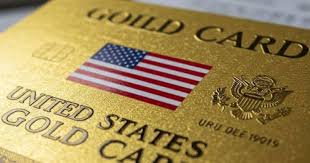A blueprint for introducing a digital euro currency, which aims to replace the existing Visa and Mastercard systems based in the United States, was approved by European Union finance ministers on Friday.
As the EU becomes increasingly eager to reduce its reliance on other nations in crucial areas such as energy, banking, and defense, discussions on a digital euro—essentially, an electronic wallet backed by the European Central Bank—intensified this year.
In response to U.S. President Donald Trump’s global campaign for stablecoins based on the U.S. dollar, the European Central Bank has positioned the digital euro as a means of reducing Europe’s reliance on U.S. credit cards.
However, the ECB, the initiative’s primary sponsor, has not yet obtained legislative clearance for it.
Lawmakers and bankers have expressed concerns that the project may deplete banks’ coffers, be too expensive, or restrict privacy.
EU finance ministers met with European Central Bank President Christine Lagarde and European Commissioner Valdis Dombrovskis in Copenhagen on Friday. They agreed on the next steps, which is a positive indication.
To allay concerns about a run on bank deposits, this will enable EU finance ministers to decide whether a digital currency is issued and how many of these euros each resident may hold.
Paschal Donohoe, who leads meetings of finance ministers, stated at a joint press conference,
“The compromise that we reached is that there would be an opportunity for a discussion in the Council of Ministers before the ECB makes a final decision in relation to issuance.”
Despite not providing specifics, Donohoe, Lagarde, and Dombrovskis also praised a compromise on the process for determining the holding limit.
The European Central Bank will also forward a suggested holding limit to the European Council of Finance Ministers for approval.
LEGISLATION DELAYS
The European Parliament and the European Council, which must approve digital euro legislation, have yet to do so, despite the European Commission’s proposal in June 2023.
By the end of the year, the European Council hopes to complete its portion of the task.
The ECB will take two to three years to actually launch the digital euro, with the necessary legislation in place by June.
While some EU nations have their own digital payment systems, none of them are universally recognized.
“The digital euro is not just a means of payment; it is also a political statement concerning the sovereignty of Europe and its capacity to handle payment, including on a cross-border basis, with a European infrastructure and solution,” Lagarde said at the press conference.

















